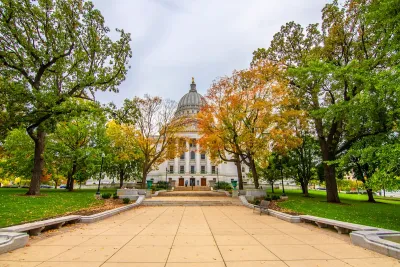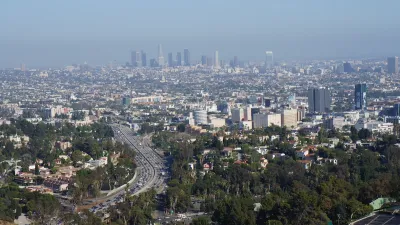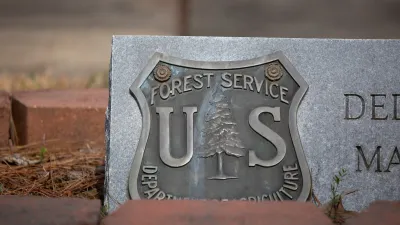Madison’s annual tree planting initiative is enhancing environmental resilience, public health, and community livability by adding 1,400 carefully selected trees citywide, with strong community and institutional support for urban forestry.

The City of Madison’s Urban Forestry team has launched its annual spring tree planting initiative, aiming to plant around 1,400 trees across the city in April. These trees, representing 33 species chosen for their resilience and biodiversity, will primarily replace sick or damaged trees and enhance greenery in growing neighborhoods. City forester Ian Brown emphasized that urban forestry involves cultivating trees in shared human environments—along streets, in medians, parks, and even private yards—where each tree must independently thrive.
As reported by Abigail Wandersee, Madison’s approach to urban forestry is highly intentional, considering environmental stressors such as drought, heat, and disease. The selection process for species is designed to support long-term canopy growth, increase biodiversity, and bolster the city’s ability to withstand the impacts of climate change. According to Brown, the initiative not only improves environmental sustainability but also enhances public health by reducing heat through canopy coverage and improving residents' mental well-being by increasing access to green spaces.
Urban forestry is deeply embedded in Madison’s development process, with city planners and developers often required to consult the forestry department before moving forward with major projects. This level of community and institutional support reflects Madison’s strong commitment to trees as vital infrastructure for a healthier, more livable city. Brown encourages students and residents alike to get involved through programs like Arbor Day or explore careers in forest science, highlighting how local action can contribute to broader environmental resilience.
FULL STORY: Madison’s tree planting initiatives strengthen community health

Study: Maui’s Plan to Convert Vacation Rentals to Long-Term Housing Could Cause Nearly $1 Billion Economic Loss
The plan would reduce visitor accommodation by 25,% resulting in 1,900 jobs lost.

North Texas Transit Leaders Tout Benefits of TOD for Growing Region
At a summit focused on transit-oriented development, policymakers discussed how North Texas’ expanded light rail system can serve as a tool for economic growth.

Why Should We Subsidize Public Transportation?
Many public transit agencies face financial stress due to rising costs, declining fare revenue, and declining subsidies. Transit advocates must provide a strong business case for increasing public transit funding.

How to Make US Trains Faster
Changes to boarding platforms and a switch to electric trains could improve U.S. passenger rail service without the added cost of high-speed rail.

Columbia’s Revitalized ‘Loop’ Is a Hub for Local Entrepreneurs
A focus on small businesses is helping a commercial corridor in Columbia, Missouri thrive.

Invasive Insect Threatens Minnesota’s Ash Forests
The Emerald Ash Borer is a rapidly spreading invasive pest threatening Minnesota’s ash trees, and homeowners are encouraged to plant diverse replacement species, avoid moving ash firewood, and monitor for signs of infestation.
Urban Design for Planners 1: Software Tools
This six-course series explores essential urban design concepts using open source software and equips planners with the tools they need to participate fully in the urban design process.
Planning for Universal Design
Learn the tools for implementing Universal Design in planning regulations.
City of Santa Clarita
Ascent Environmental
Institute for Housing and Urban Development Studies (IHS)
City of Grandview
Harvard GSD Executive Education
Toledo-Lucas County Plan Commissions
Salt Lake City
NYU Wagner Graduate School of Public Service





























